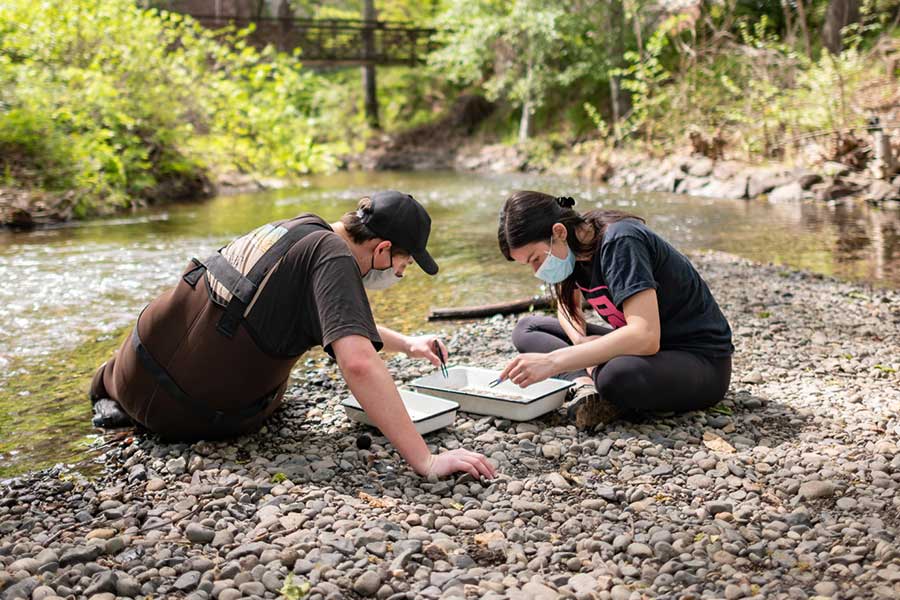Environmental Science (MS)
Options
Professional Science Master's Option
Application Deadlines
- Fall: March-1 (February-1 for international applicants)
- Spring: November-1 (October-1 for international applicants)
Requirements
Two letters of recommendation, curriculum vitae, and statement of purpose. Contact and identify a faculty mentor.
Program Coordinator
Hannah Aird
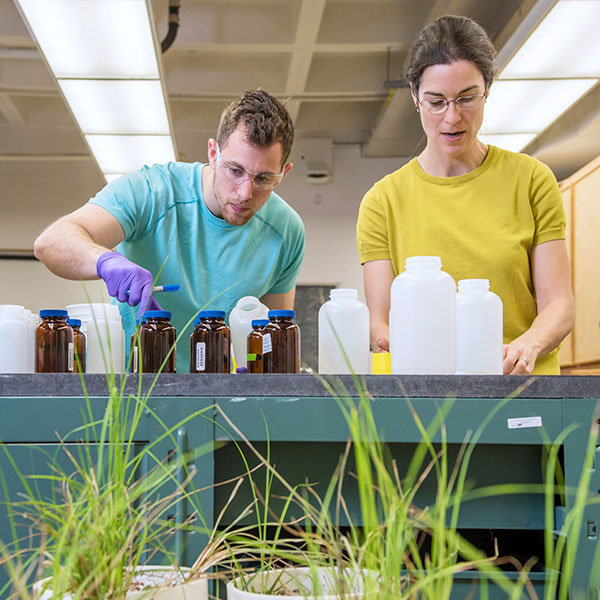
Is the MS in environmental science for you?
Do any of the following describe you?
- Have a passion for the natural world and the impacts human activity have on our ecosystem.
- Want to preserve and restore the health of natural systems.
- Like the idea of conducting scientific research in both lab and field settings.
- Thinking about exploring a pathway to a PhD.
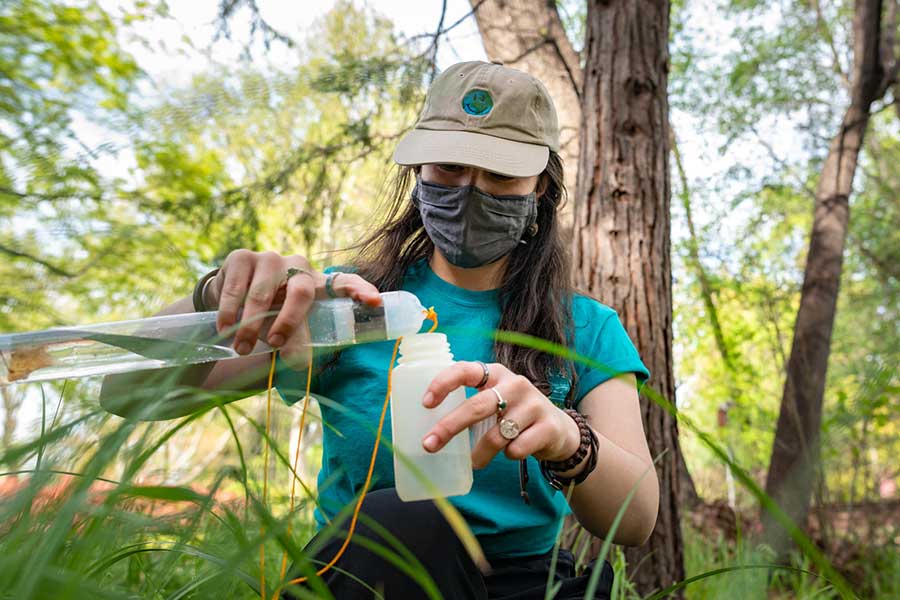
Do these jobs sound interesting to you?
Our alumni are:
- Nature conservation officers
- Environmental impact monitors
- Water quality scientists
- College instructors
Other possibilities are:
- GIS analysts
- Environmental consultants
- Rangeland scientists
- Project managers

Is this the kind of salary you are seeking?
Data from the U.S. Bureau of Labor Statistics, shows the following outlook for Environmental Scientists and Specialists(opens in new window):
Median Pay
$76,530 per year
Job Outlook
5% (As fast as average)
Environment
Environmental scientists and specialists work in offices and laboratories. Some may spend time in the field gathering data and monitoring environmental conditions firsthand. Most environmental scientists and specialists work full-time.
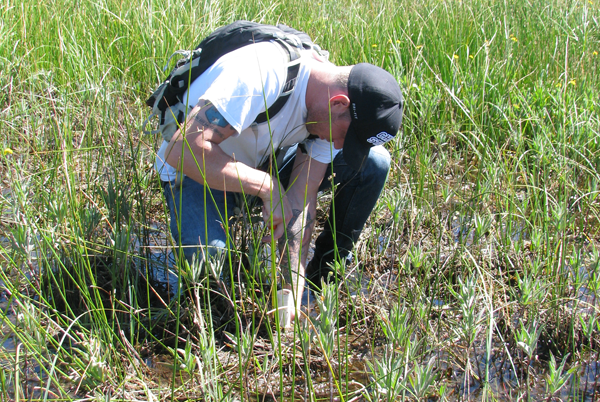
What if I wasn’t an environmental science major?
Typical feeder majors are in the natural sciences, engineering, mathematics, or an allied field. You can still pursue this degree if your undergraduate degree was in a different field; however, prerequisites in statistics and calculus, physics, chemistry, and ecology will be required to bring you up to speed.
Talk to your graduate coordinator for details.
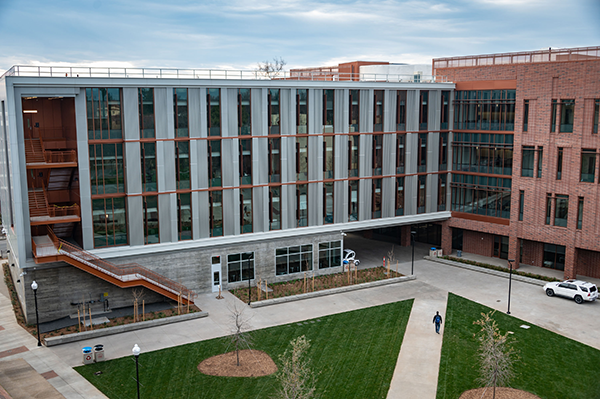
How long will it take?
- The MS in environmental science is a 30-unit program that can be completed in two years.
- Our typical student may take three to four years because they are having so much fun researching and teaching lab sections.
- Already have a career in science? Consider the environmental science option in professional science master’s (PSM).
- A way for those with at least one year of professional experience in some discipline of science to advance their careers.
- Students from varied academic backgrounds are encouraged to apply.
- Applicants for the PSM option will be interviewed before selection and have a pre-defined project that is approved by the PSM coordinator.
- For more information, see the GEOS department website or contact our graduate program coordinators Hannah Aird (environmental science MS) and Kristen Kaczynski (professional science PSM).
What is it like to be a environmental science master’s student?
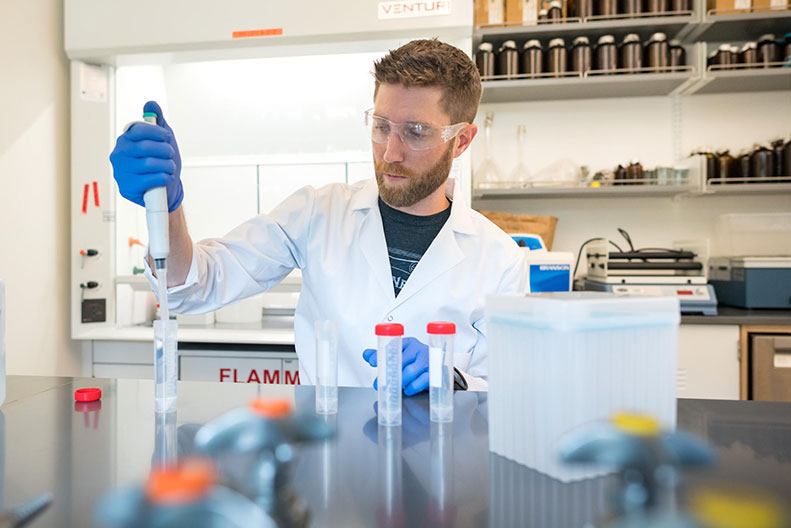
State-of-the-Art Science Building
- Work closely with faculty on established research programs.
- Learn in a new, state-of-the-art science building.
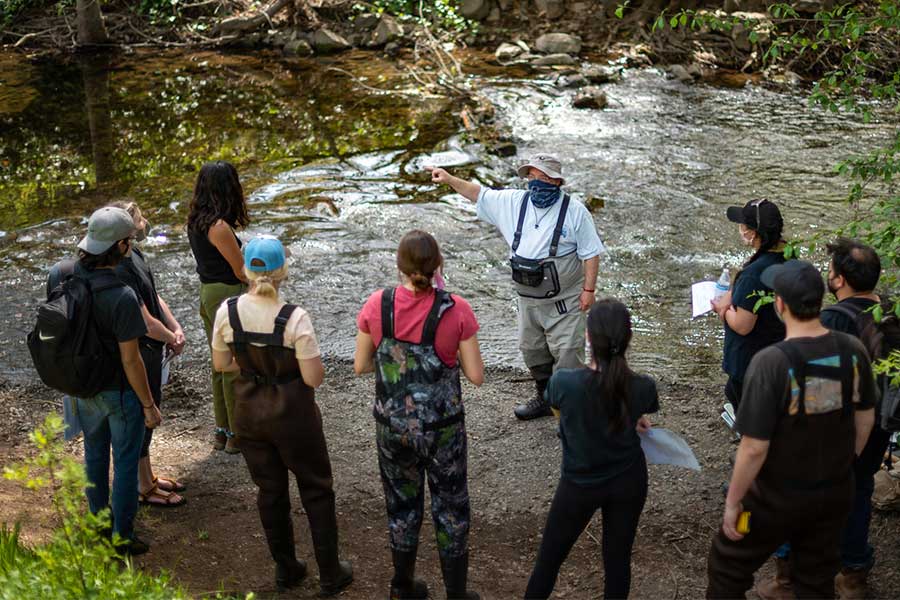
Ample Field Research
- Take advantage of ample field research sites in Northern California.
- Present research findings at seminars and conferences.
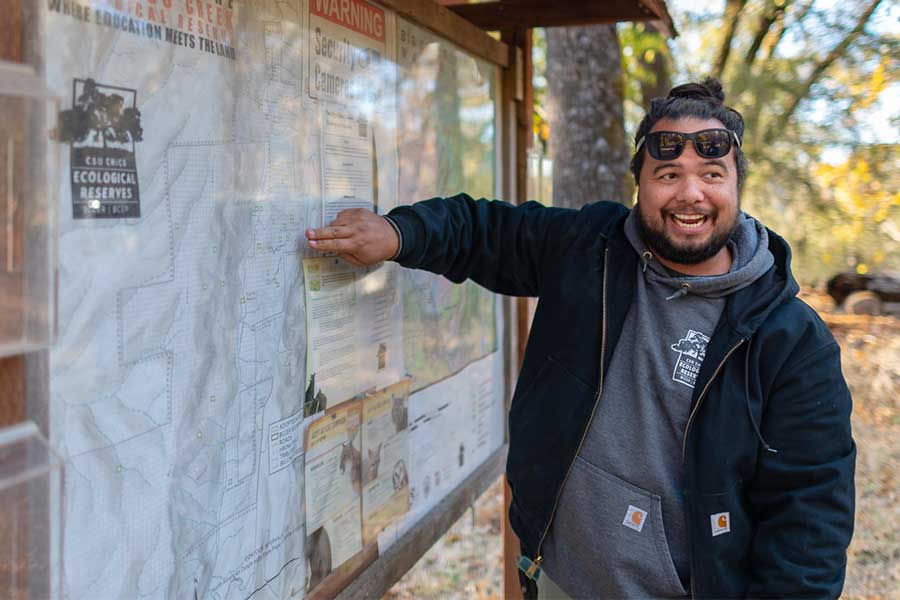
Teach Lab Sections
- Opportunities to teach lab sections for introductory undergraduate courses.
Here's What Our Students are Doing

Studying Trace Metals in Paradise After the Camp Fire
John Machado’s thesis research focuses on the fate of trace metals in Paradise, California after the most destructive fire in California’s history. He is collecting straw wattles and compost socks deployed immediately after the fire and used throughout the 2018–19 rainy season. He will characterize metal retention by these erosion control measures, as well as metal content in sediments and mobilized in local streams.
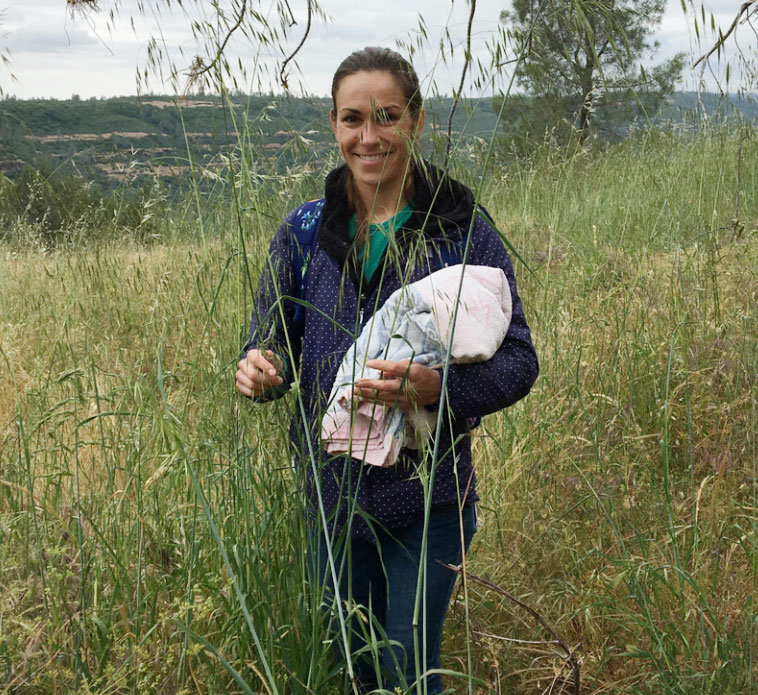
Examining Post-wildfire Vegetation Recovery
Hannah Weinberger is examining post-wildfire vegetation recovery within a local burn on the Big Chico Creek Ecological Reserve. She is comparing the species differences at sites that have burned with sites that were unburned as well as sites that are within a dozer line, created during the fire suppression activities. Her results will assist local land managers in planning for potential restoration that may occur after a wildfire.

